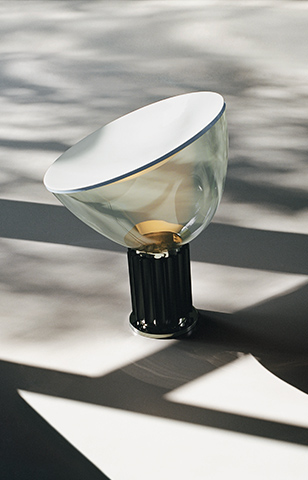Cookies
This website uses functional, analytical and tracking cookies (and similar technologies), placed by
ourselves and third parties, in order to measure the use of, optimise and further develop
our website, as well as for (personalised) advertising purposes and to monitor and analyse
your internet behavior. Click on 'Change settings' to read our cookies statement and choose
the cookies you want to accept.
By clicking ‘Accept’ you give us consent to the function of these cookies.
